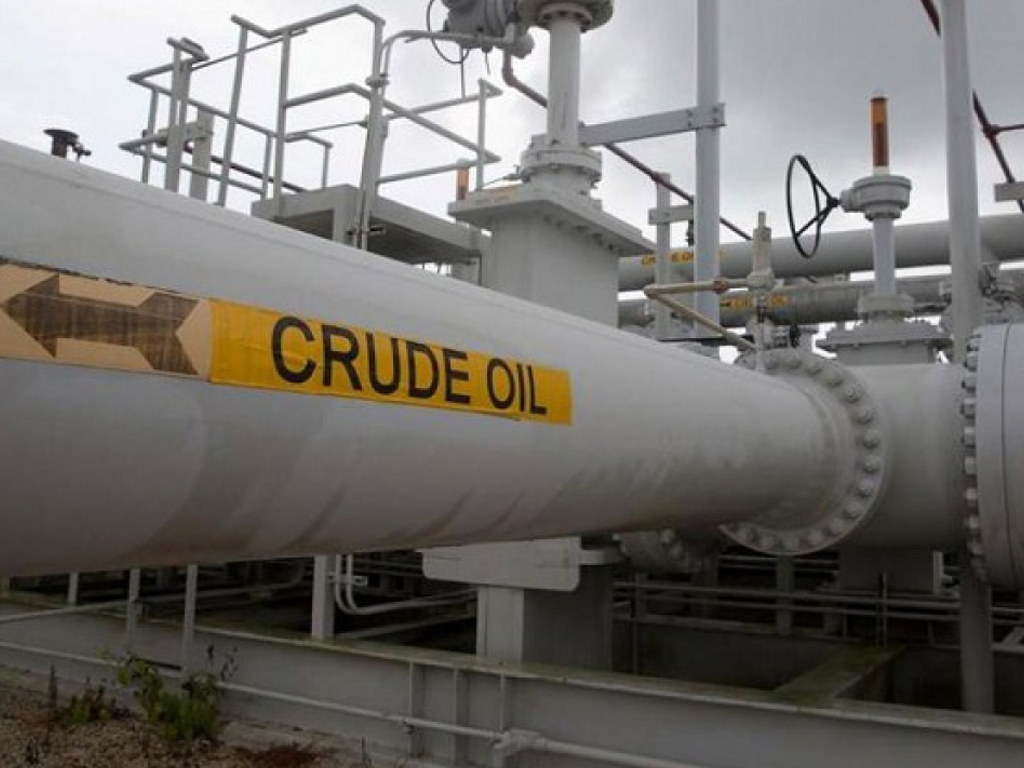 TOKYO: Crude oil prices rose on Friday following two days of declines, buoyed after data showing an increase in retail sales in the U.S. helped dampen concerns about a recession in the world's biggest economy.
TOKYO: Crude oil prices rose on Friday following two days of declines, buoyed after data showing an increase in retail sales in the U.S. helped dampen concerns about a recession in the world's biggest economy.
Brent crude was up 52 cents, or 0.9%, at $58.75 a barrel at 0352 GMT, after falling 2.1% on Thursday and 3% the previous day.
U.S. crude was up 65 cents, or 1.2%, at $55.12 a barrel, having dropped 1.4% the previous session and 3.3% on Wednesday.
U.S. retail sales rose 0.7% in July as consumers bought a range of goods even as they cut back on motor vehicle purchases, according to data that came a day after a key part of the U.S. Treasury yield curve inverted for the first time since June 2007 prompting a sell-off in stocks and crude oil.
An inverted Treasury yield curve is historically a reliable predictor of looming recessions.
"The rebound has a corrective look about it on thin volumes, rather than a beachhead for an impending rebound," said Jeffrey Halley, senior market analyst at OANDA. "Overall, U.S. data continues to be a bright spot in a dark economic universe."
Gains are likely to be capped after a week of data releases including a surprise drop in industrial output growth in China to a more than 17-year low, along with a fall in exports that sent Germany's economy into reverse in the second quarter.
"The broader story around global economic growth has been a weak one, or a weakening one and expectations (are for) further weakening," Phin Ziebell, senior economist at National Australia Bank, said by phone.
The price of Brent is still up nearly 10% this year thanks to supply cuts led by the Organization of the Petroleum Exporting Countries (OPEC) and allies such as Russia, a group known as OPEC+. In July, OPEC+ agreed to extend oil output cuts until March 2020 to prop up prices.
"At what point will further output cuts be needed at the back end of this year from OPEC and Russia to keep things going the way they are?" Zeibell said, given the broader economic outlook.
A Saudi official on Aug. 8 indicated more steps may be coming, saying "Saudi Arabia is committed to do whatever it takes to keep the market balanced next year".
But the efforts of OPEC+ have been outweighed by worries about the global economy amid the U.S.-China trade dispute and uncertainty over Brexit, as well as rising U.S. stockpiles of crude and higher output of U.S. shale oil.





















Comments
Comments are closed.